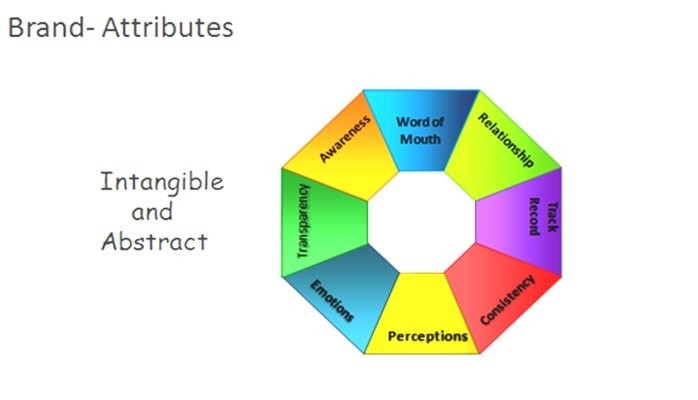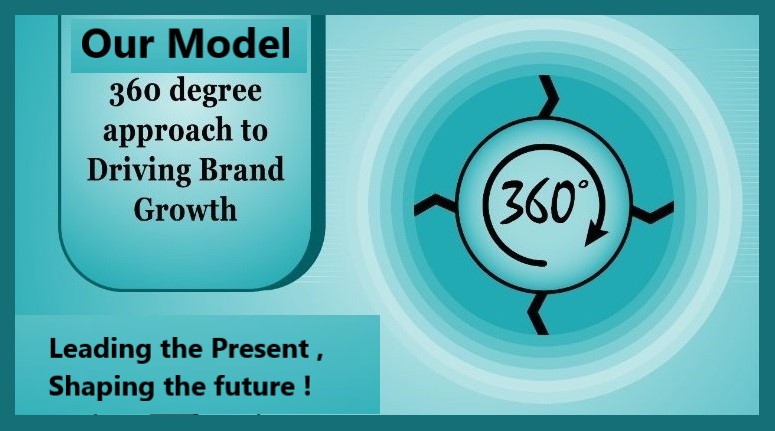Organizational transformations become inevitable under multiple circumstances. Inorganic growth or a demerger, a major change in management or ownership structure, a disruptive technology or a digital disruption could all lead to a need for a transformational leader to drive the change. Increasingly, Interim management services are becoming a successful tool to drive these transformational business changes.
But how can Interim managers leave a foot print as a successful change manager!
In any transformation for that matter, what’s a common challenge is the need to bring about the desired change in Optimum time and with least disruption to the ongoing routine activities. What qualifies a person to be a change leader is the ability to visualize the big picture synergies arising out of the change, the likely roadblocks that will arise and therefrom, design the change implementation process. They would need to reinvent their own mindsets first and then foster understanding of the situation and belief in the team. This way, the team will not only adapt to the dynamic demands of the situation but will also own the process passionately. Together, we ensure that we do not leave the success of the transformation to chance but stay in full control of achieving the desired objectives.
Also, during these restructuring and transformation phases, it is so easy to get distracted from the core business objectives, revenue and margin targets and therefore extremely important for the Interim CEO to stay on top of the operations while also dealing with restructure related demands.
Inevitably, there are at least three major challenges for which an Interim manager or a change manager, so to say has to lead from the front proactively and not reactively.
- Culture change management
- Brand Reputation management
- Talent Resource management
Culture Change Management:
There is no right or wrong about a culture but the question is one of fit and adaptability The matter of Culture fit has been addressed in ‘Perspectives on merger integration’ – a Mckinsey publication and I quote from the survey “ 50 percent said that “cultural fit” lies at the heart of a value enhancing merger, and 25 percent called its absence the key reason a merger had failed. But 80 percent also admitted that culture is hard to define.” Yes, indeed it is hard to define culture and that’s where transformational leaders need that unique leadership traits to be able to comprehend this and manage them.
Another classic example that I can think of is when an ownership changes from a Corporate business ownership to a financial institution. When this happens, the most significant challenge will be a shift in priorities from a long-term customer centric goal to a relatively medium-term financial goal, as an offshoot of the exit strategy of the financial institutions. The most important overnight conflict then is to optimize Customer interest and Shareholder interest very carefully and strategically. This will warrant some reinvention in pricing strategies and advanced Cost management processes that can balance out the conflicting interest of stakeholders in the form of owners and customers. This will warrant a culture change again without a doubt. But as the adage goes, win your employees and they will win the customers for you. So, even amidst natural resistance to change, motivating and driving adaptability internally first to the new organizational objectives and culture is a priority for the interim manager.
Brand Reputation Management
When an organisation is going through transformation it is a common scenario for competition to use it to their advantage. But we can overcome this with a proactive communication strategy to deal with Customers’ perceptions. It needs very genuine intent followed by action to translate the brand promise to an even more lasting customer experience so they stay with us through the restructuring and thereafter. Today, thanks to Social media systems, we have an excellent platform to reach out in a territory as geographically wide as the Indian subcontinent and leverage on the strong relationship that we had built and nurtured with the customers over the years and overcome this challenge.
Talent resource management
Finally, the third important challenge will be talent management during the restructuring phases, to retain high performing talent even as we have to let go some of the resources that were beyond adaptability to the new culture. This move can easily result in wrong perceptions about uncertainly and instability in the minds of also the high performing employees. But here again the transformational leader needs to create a strategic and proactive communication channel. For those employees at the senior level who are fully involved and in the know of changes happening or foreseen, it is a fairly easy matter to come to terms with and adapt to changes but to ensure same level of understanding down the line with middle and lower management is a more difficult task.
While many of the attributes and persona of any leader is equally desired even of a Transformational leader, those remain just support factors for success. Exceptional must have qualities such as a high level of conviction in the transformation, ability to influence people even against odds and an undeterred grit to achieve results, no matter what it takes are the key characteristics that make interim managers really successful transformational leaders.




